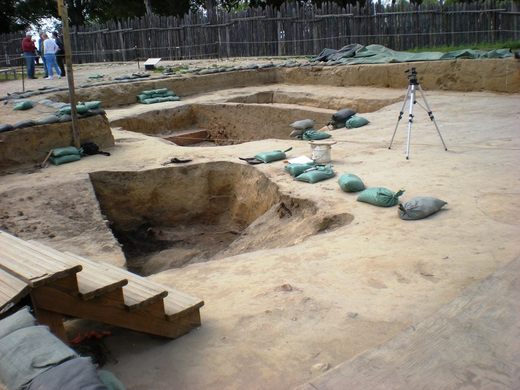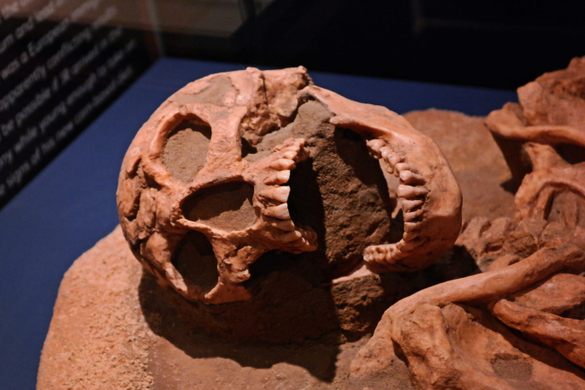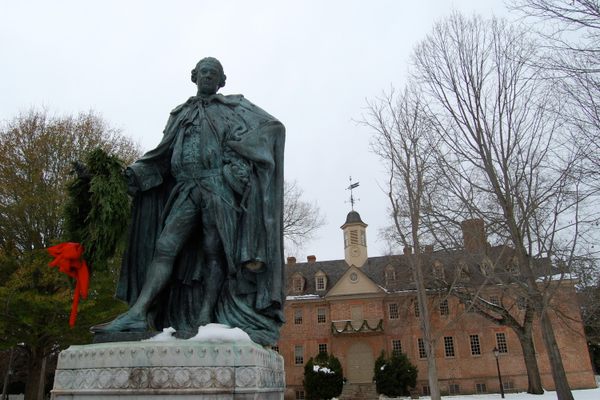AO Edited
The Archaearium
This museum explores the grim reality of life in the earliest British colonies in America.
History books and children’s movies have made a popular story of the relationships between John Smith, John Rolfe, and Pocahontas. But at the Archaearium, historians and archaeologists are exploring the real history of the Jamestown settlement and sharing the truth of what happened there. Among the ruins that were once thought lost to the James River are numerous unexpected stories about daily life in the first permanent English colony in America.
Most school-age children in the United States are familiar with the story of Jamestown’s founding in 1607, and the supposedly swashbuckling exploits of Captain John Smith. Nearly executed for mutiny early in the expedition, Smith survived to lead the hapless colonists and fortune seekers in building a successful venture for the Virginia Company.
But historical evidence shows that the initial struggle was staggeringly bleak. At one point, Smith’s famously harsh organizational rules were encapsulated in the simple biblical dictum, “He that will not work, shall not eat.” Surprisingly, this decree did not prevent scores of colonists from dying of starvation, and the irony of its sentiment would not be discovered until 2012.
Only 38 of the original settlers survived the first year, and more settlers were dispatched in 1608, including the first women. In the story of Jamestown’s survival, a young Algonquian woman often takes center stage. Amonute, more commonly known as Pocahontas, is often credited with foiling her father Powhatan’s plan to starve the European settlers out of Virginia. Historical inaccuracies in her story aside, it was another woman, known only as Jane, who made the greatest possible sacrifice during Jamestown’s Starving Time.
In 2012, archaeologists found Jane’s skeleton in a trash pit together with the discarded skeletons of various animals. After an extensive examination by Douglas Owsley, chief forensic anthropologist at the Smithsonian Institution’s National Museum of Natural History, the mutilated condition of her bones conclusively proved that settlers resorted to cannibalism to survive. (Disney conveniently left out cannibalism speculation from its movie.)
The Archaearium presents Jane’s story in detail, along with discoveries made from surveys of the burial ground, which has yielded extensive information about the disease, nutrition, ancestry, and customs of the early settlers. While the museum contains tens of thousands of objects, they are organized effectively to tell a compelling human story of courage, ingenuity, endurance, and depravity.
Historians have long debated many details surrounding Jamestown’s founding since Smith’s written account is famously unreliable as self-aggrandizing propaganda. But as archaeologists proceed with settlement excavations, their understanding of U.S. history continues to become more accurate. “Archaearium” itself means “a place of beginnings,” and the stories told in its exhibits continue to expand and intensify the knowledge of colonial America’s origins.
Know Before You Go
The Archaearium is located at Historic Jamestowne, which is managed in cooperation with the National Park Service, and should not be confused with Jamestown Settlement, an independent living history museum.




















Follow us on Twitter to get the latest on the world's hidden wonders.
Like us on Facebook to get the latest on the world's hidden wonders.
Follow us on Twitter Like us on Facebook